Assassin spider that was feared extinct after bushfires discovered on Kangaroo Island
Researchers say the sighting brings hope the arachnid, also known as the pelican spider, has survived
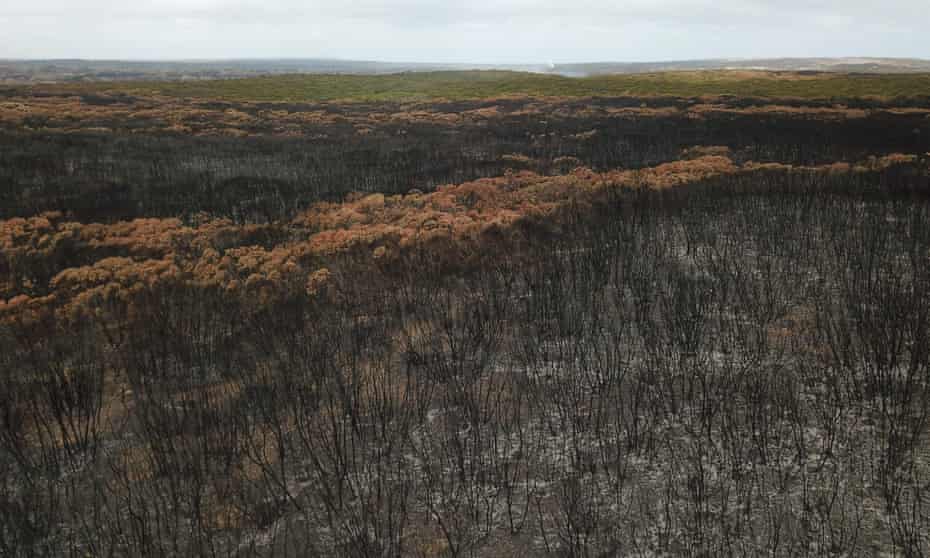
An aerial photo taken on 16 January, 2020, shows Kangaroo Island after the bushfires. The assassin spider was feared extinct following the fires.
Photograph: Peter Parks/AFP/Getty Images
Donna Lu
Wed 17 Nov 2021
A recent sighting of the Kangaroo Island assassin spider, feared extinct after the disastrous 2019–20 bushfires, has given researchers new hope for the survival of the species.
Assassin spiders belong to an ancient family that dates back tens of millions of years. So named because they prey on other spiders, the invertebrates are also known as pelican spiders for their unusually elongated necks and jaws, which they use to impale their prey.
The Kangaroo Island assassin spider, about 5mm long, was only known to live in the Western River wilderness protection area, which was completely destroyed by the 2019–20 bushfires.
“That was burnt at high severity to such an extent that there was no vegetation, no organic matter at the site,” said Dr Jessica Marsh, who has been studying invertebrates on the South Australian island for 13 years.

‘Overlooked’: 14,000 invertebrate species lost habitat in Black Summer bushfires, study finds
After months of surveys of unburnt areas nearby, a research team discovered two assassin spiders in September, on a patch of leaf litter 4km from their previously known habitat.
The team is keeping the precise location of the sighting confidential for the time being.
Marsh, an honorary research associate at the South Australian Museum, said: “That we found one after all this time – it was really a moment that will stick with me. It was very powerful.”
Marsh said the Kangaroo Island assassin spider was vulnerable to even low-severity fires. The species lives in leaf litter suspended in low-lying vegetation, which burns readily when bushfires hit.
She said only an estimated one third of all invertebrate species in Australia have been discovered, posing a major conservation challenge. “For two thirds of species, we have no way of assessing their conservation risk or knowing if they’ve gone extinct.”
Marsh said while people were aware of the importance of pollinators such as bees, there was “general political and public apathy towards invertebrates”.
“They’re vitally important to ecosystem function but they also largely ignored,” she said, citing the role of detritivores in breaking down leaf litter and recycling nutrients into the soil, and predators and parasitoids that help to regulate ecosystems.
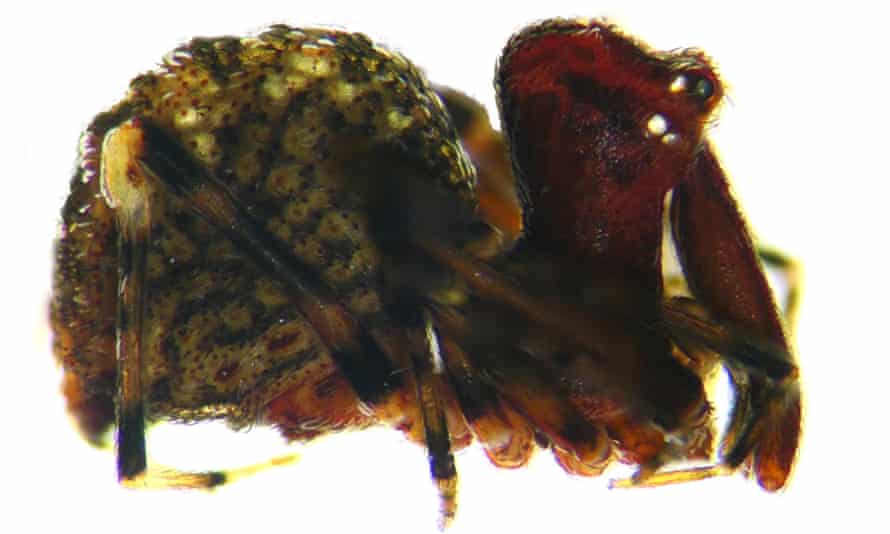
Donna Lu
Wed 17 Nov 2021
A recent sighting of the Kangaroo Island assassin spider, feared extinct after the disastrous 2019–20 bushfires, has given researchers new hope for the survival of the species.
Assassin spiders belong to an ancient family that dates back tens of millions of years. So named because they prey on other spiders, the invertebrates are also known as pelican spiders for their unusually elongated necks and jaws, which they use to impale their prey.
The Kangaroo Island assassin spider, about 5mm long, was only known to live in the Western River wilderness protection area, which was completely destroyed by the 2019–20 bushfires.
“That was burnt at high severity to such an extent that there was no vegetation, no organic matter at the site,” said Dr Jessica Marsh, who has been studying invertebrates on the South Australian island for 13 years.

‘Overlooked’: 14,000 invertebrate species lost habitat in Black Summer bushfires, study finds
After months of surveys of unburnt areas nearby, a research team discovered two assassin spiders in September, on a patch of leaf litter 4km from their previously known habitat.
The team is keeping the precise location of the sighting confidential for the time being.
Marsh, an honorary research associate at the South Australian Museum, said: “That we found one after all this time – it was really a moment that will stick with me. It was very powerful.”
Marsh said the Kangaroo Island assassin spider was vulnerable to even low-severity fires. The species lives in leaf litter suspended in low-lying vegetation, which burns readily when bushfires hit.
She said only an estimated one third of all invertebrate species in Australia have been discovered, posing a major conservation challenge. “For two thirds of species, we have no way of assessing their conservation risk or knowing if they’ve gone extinct.”
Marsh said while people were aware of the importance of pollinators such as bees, there was “general political and public apathy towards invertebrates”.
“They’re vitally important to ecosystem function but they also largely ignored,” she said, citing the role of detritivores in breaking down leaf litter and recycling nutrients into the soil, and predators and parasitoids that help to regulate ecosystems.

The Kangaroo Island assassin spider was feared extinct following the 2019-2020 bushfires.
Photograph: Dr Jessica Marsh / South Australian Museum
“It’s really likely that the Kangaroo Island assassin spider isn’t the only one that’s been severely impacted [by the fires].”
A report published last month found that more than 14,000 species of invertebrate lost habitat as a result of the 2019-20 bushfires, and recommended a doubling of the number of species listed as threatened.
“I think with invertebrates, a lot of people don’t have any emotive connection to them. They either mostly ignore them or actively dislike them,” Marsh said. “When you get to work closely with a species and you get to know and respect them, you do build up an emotional connection.”
The Kangaroo Island team will continue surveying for more sightings that might increase the assassin spider’s known range.
Feral pig activity in the north west of the island threatens their survival, in addition to fire.
It was important to prevent the pigs from digging up vegetation and in around creek lines, which would help to protect the spider, Marsh said.
“It’s really likely that the Kangaroo Island assassin spider isn’t the only one that’s been severely impacted [by the fires].”
A report published last month found that more than 14,000 species of invertebrate lost habitat as a result of the 2019-20 bushfires, and recommended a doubling of the number of species listed as threatened.
“I think with invertebrates, a lot of people don’t have any emotive connection to them. They either mostly ignore them or actively dislike them,” Marsh said. “When you get to work closely with a species and you get to know and respect them, you do build up an emotional connection.”
The Kangaroo Island team will continue surveying for more sightings that might increase the assassin spider’s known range.
Feral pig activity in the north west of the island threatens their survival, in addition to fire.
It was important to prevent the pigs from digging up vegetation and in around creek lines, which would help to protect the spider, Marsh said.



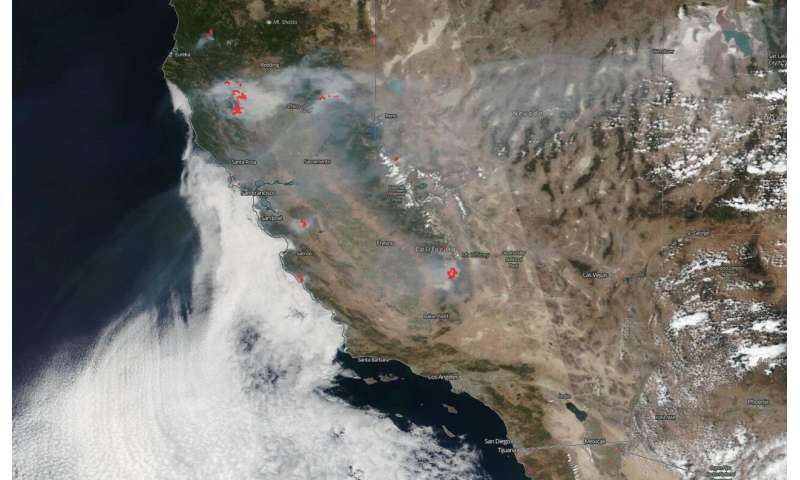
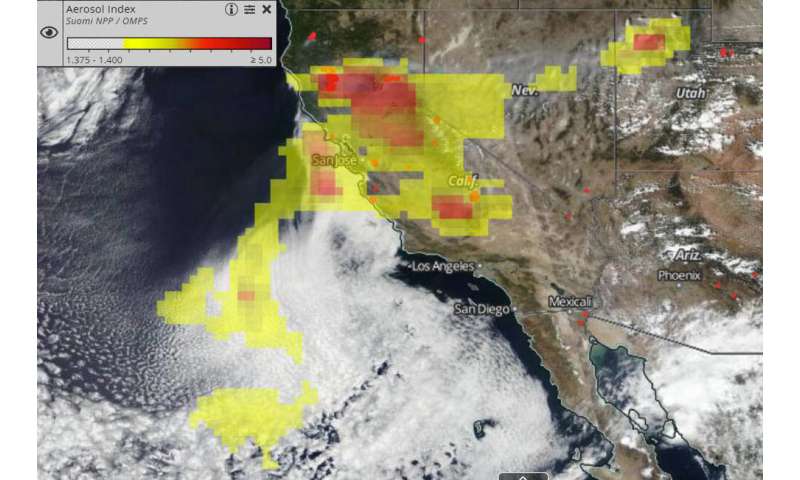
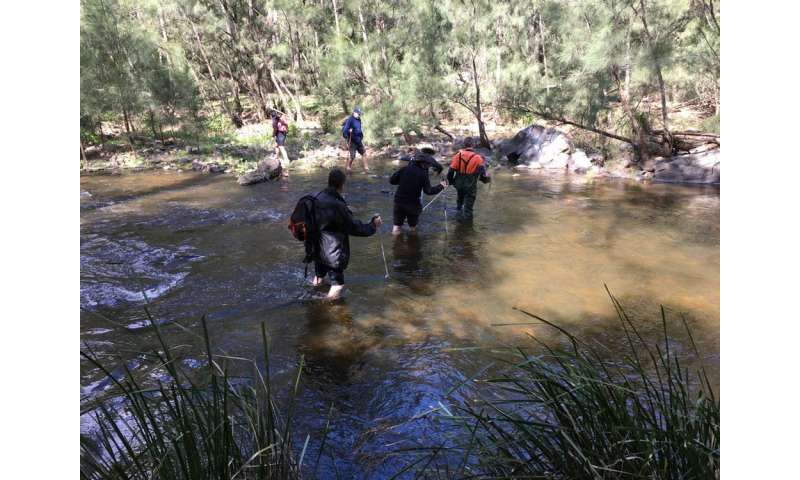
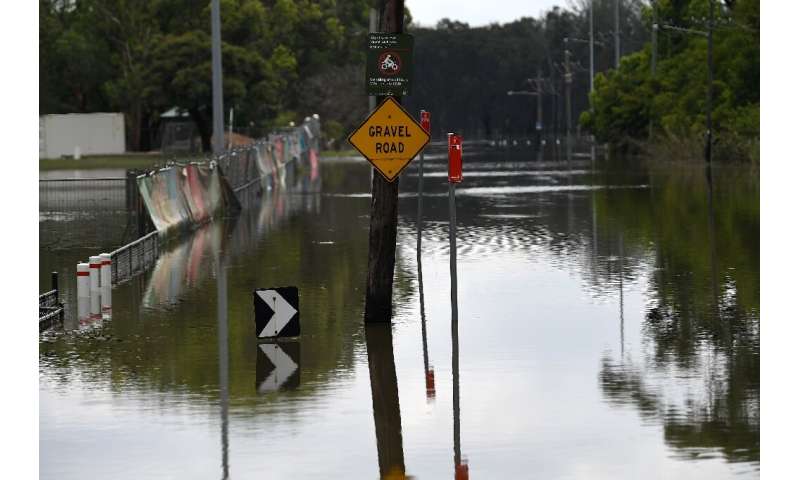
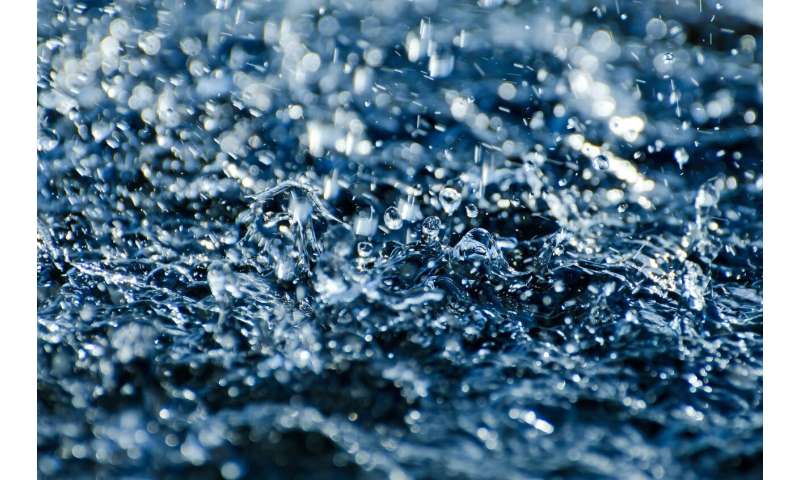
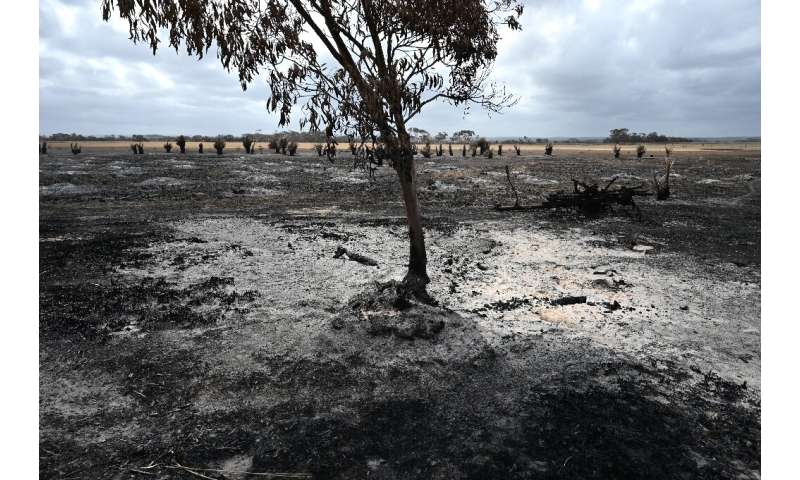
/arc-anglerfish-syd-prod-nzme.s3.amazonaws.com/public/264X2NIZGVHAVKWUFTVYKI4RHA.jpg)
/arc-anglerfish-syd-prod-nzme.s3.amazonaws.com/public/2T4LXAPATBCUDDIRTAD3B3Z5J4.jpg)
/arc-anglerfish-syd-prod-nzme.s3.amazonaws.com/public/O774PM63EFGJNGTD34QN7EG6YQ.jpg) It is unclear if this pic has been doctored. Photo / Supplied
It is unclear if this pic has been doctored. Photo / Supplied/arc-anglerfish-syd-prod-nzme.s3.amazonaws.com/public/7Y42GB7HYRHC7ONBV7O6HGMFWI.jpg)
/arc-anglerfish-syd-prod-nzme.s3.amazonaws.com/public/DVFX5IOXYRCQZKSJHGJ22L3TJI.jpg)
/arc-anglerfish-syd-prod-nzme.s3.amazonaws.com/public/OIYTXG2BZJAMXCDJBCJ3I5WWCU.jpg)